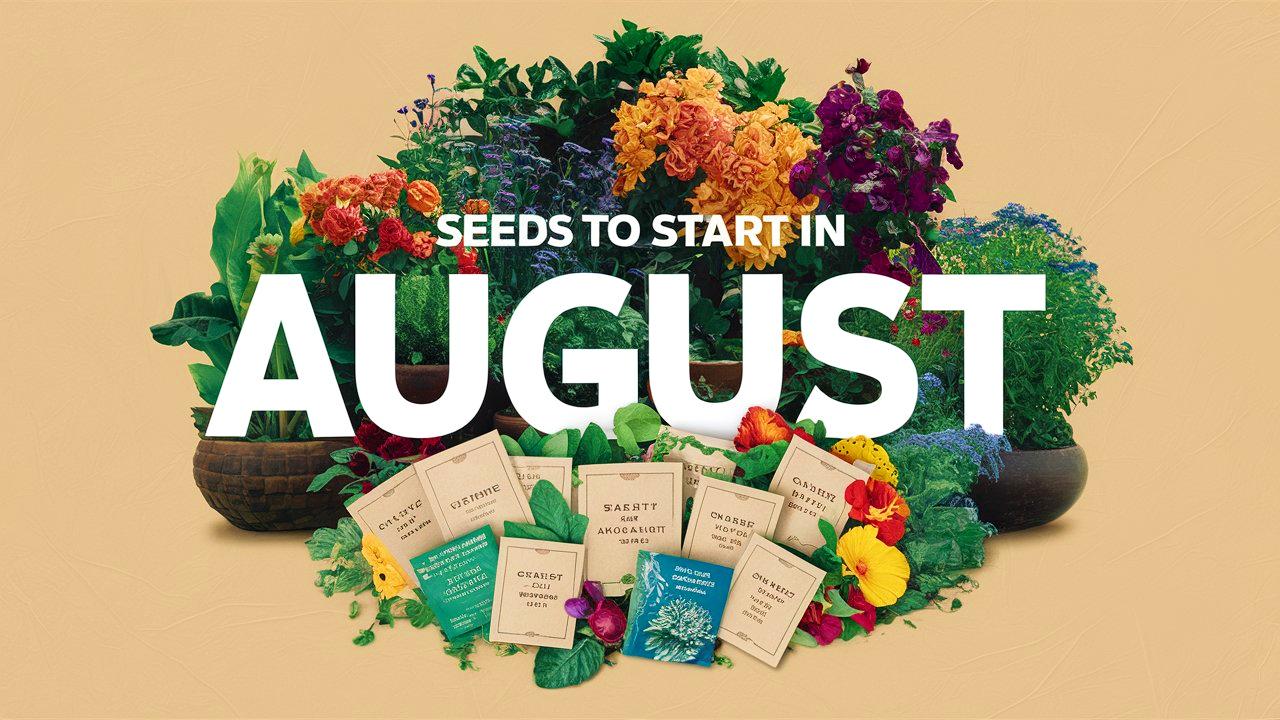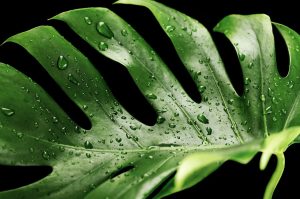August is a transitional month in the gardening calendar, where summer’s warmth provides an opportunity for growing cool-season crops, flowers, and herbs. In this in-depth guide, we’ll explore various plants that can be successfully sown in August, including their growing conditions, temperature tolerances, and tips for optimal growth.
Vegetables To Plant
Broccoli
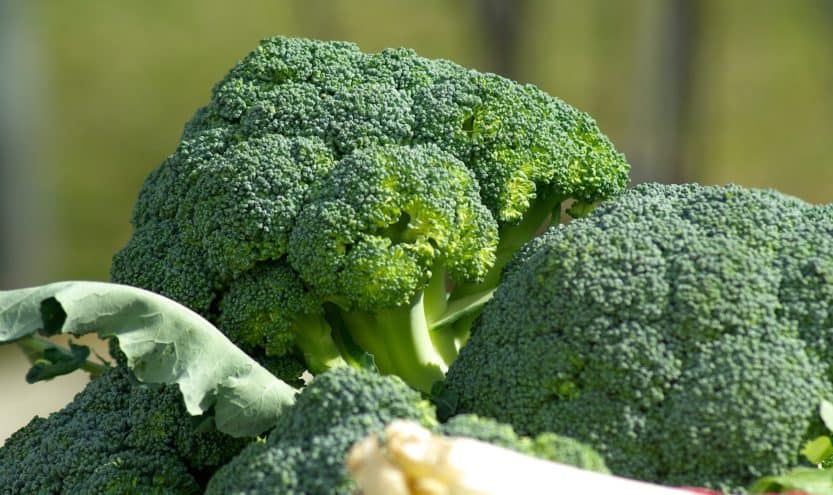
Broccoli is a nutritional powerhouse packed with vitamins K and C, as well as fiber. It thrives in cooler temperatures, making August a great month for sowing in USDA Zones 3-7. When planting broccoli, consider starting seeds indoors around six to eight weeks before the anticipated last frost or sowing them directly into well-prepped garden beds by mid-August.
Broccoli prefers soil temperatures between 65°F and 75°F for optimal germination. This vegetable enjoys rich, well-drained soil that is slightly acidic (pH 6.0-6.8). To reduce the risk of diseases, ensure good air circulation around your plants and practice crop rotation. Regular watering is critical, particularly during dry spells, as broccoli requires consistent moisture to develop firm, healthy heads. Harvest broccoli when the heads are tight and firm, typically within 55 to 70 days post-planting. The sooner you harvest, the more you can encourage side shoots, giving you multiple harvests from a single plant.
Cauliflower
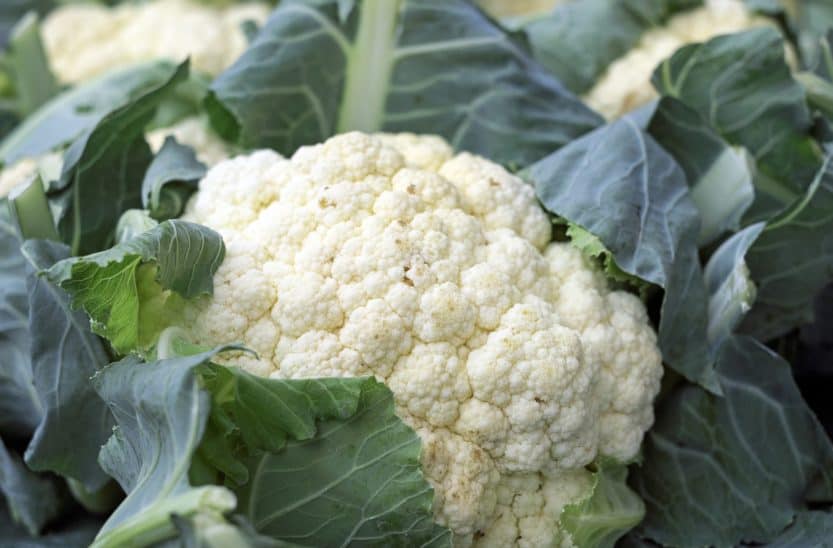
Cauliflower, known for its unique white curds, is another cool-season vegetable that can be planted in August, especially in USDA Zones 3-7. Similar to broccoli, it can be started indoors or directly sown. If planting directly, mid-August is the ideal time. Cauliflower prefers well-drained, nutrient-rich soils that retain moisture, so amending your soil with compost will benefit the plant significantly.
Cauliflower germinates best at temperatures between 60°F and 70°F. Resistant varieties to aphids and diseases can be particularly fruitful in areas prone to pests. It has a slightly longer maturation period—typically around 60 to 90 days—so consider tracking your local frost dates closely. Once the curds are mature, protect them from sunlight to prevent them from turning yellow. Additionally, cauliflower is sensitive to heat, so ensuring mulch coverage can help keep roots cool.
Spinach
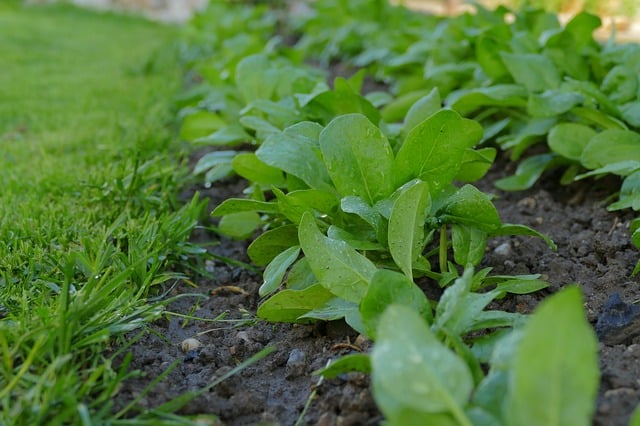
Spinach is one of the fastest-growing greens available, making it a fantastic option for August planting. Suitable for USDA Zones 3-9, spinach seeds can be sown directly in your garden in early August. The preference for cooler weather means soil temperatures should ideally be between 50°F and 68°F. Spinach performs best in full sun but appreciates some afternoon shade if planted late in the summer.
With a quick turnaround—about 30 to 45 days to maturity—spinach can be harvested multiple times; just snip the outer leaves and allow the inner ones to continue growing. Spinach loves rich, organic matter and consistent moisture, so be vigilant about watering; dry conditions can lead to bitter-tasting leaves. Furthermore, spinach can withstand light frosts, often sweetening the flavor as temperatures drop.
Lettuce
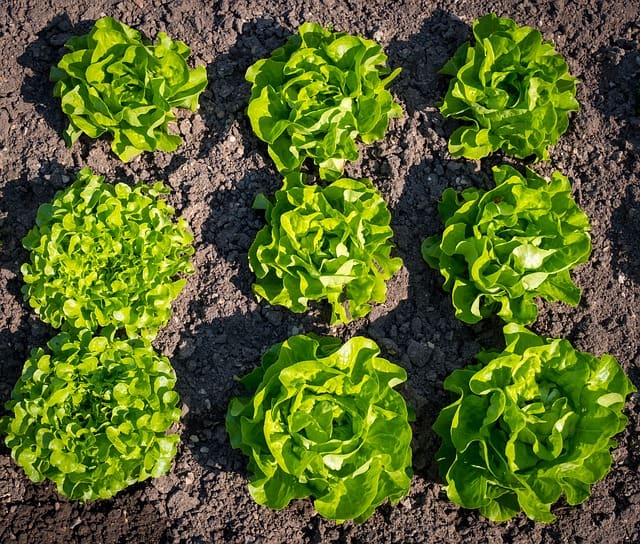
Lettuce is another quick-growing vegetable, ideal for sowing in August, especially in USDA Zones 4-8. Lettuce can be direct-seeded into garden beds, with a range of leaf types available, including looseleaf, romaine, and head varieties. Your choice may depend on taste or culinary application.
Space your seeds about 6 to 12 inches apart to allow for ample growth, and ensure the soil remains moist, especially in the initial germination phase. Lettuce prefers cooler temperatures—ideally between 60°F and 70°F—and is sensitive to heat, which can cause it to bolt or turn bitter. The average maturation time ranges from 30 to 60 days based on the variety, and planting in successive intervals will allow for continuous harvesting throughout the fall.
Green Beans
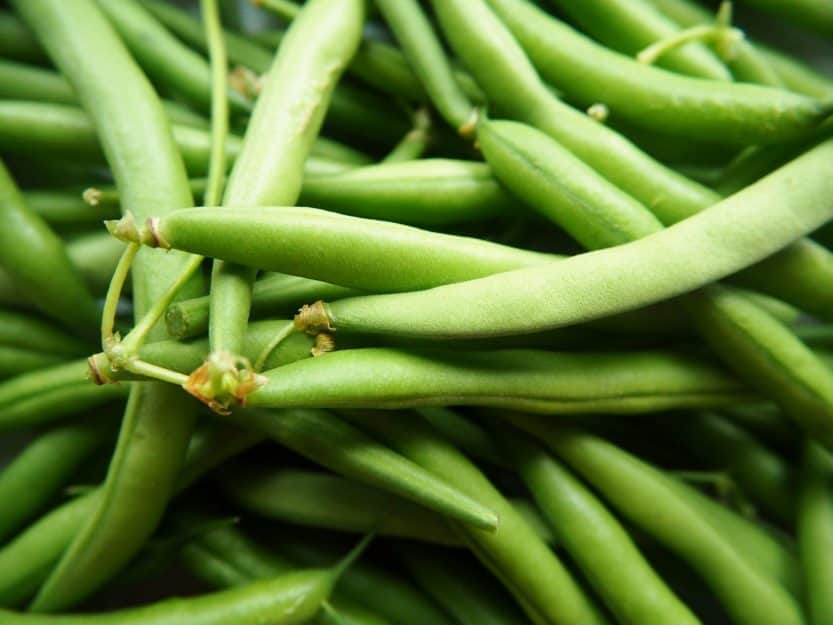
Green beans, particularly bush varieties, hold a significant place in many gardens due to their content-rich yield and versatility in cooking. In USDA Zones 5-8, August is a perfect time to sow seeds directly into warm soil. Beans thrive in temperatures between 70°F and 90°F and should be planted in well-drained, nutrient-rich soil.
These plants are relatively low-maintenance, requiring occasional watering and weeding, as they grow quickly—harvest can begin around 50 to 60 days after planting. Support structures (like trellises) can be beneficial for pole varieties, and interplanting with corn can provide support and maximize space. The fun fact is that beans are nitrogen-fixers, which means they improve soil fertility for subsequent crops.
Carrots
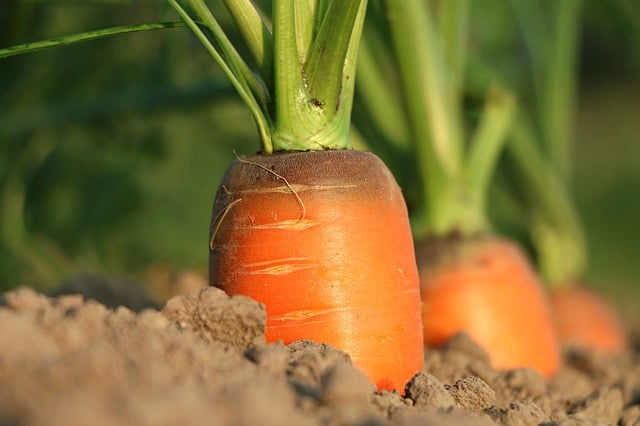
Carrots can be sown in August in most USDA Zones, particularly 3-7, making them an excellent choice for late summer planting. They thrive in well-drained, sandy loam soils enriched with organic matter, with ideal soil temperatures for germination around 55°F to 75°F.
To avoid forked roots, ensure your soil is loose and free from lumps. Carrots can take 70 to 80 days to mature, but their sweet flavor often intensifies when temperatures dip slightly. Successive plantings at two- to three-week intervals can help maintain a steady supply. When harvesting, pull from the base to avoid breaking the root, and enjoy them raw, cooked, or as juice.
Beets
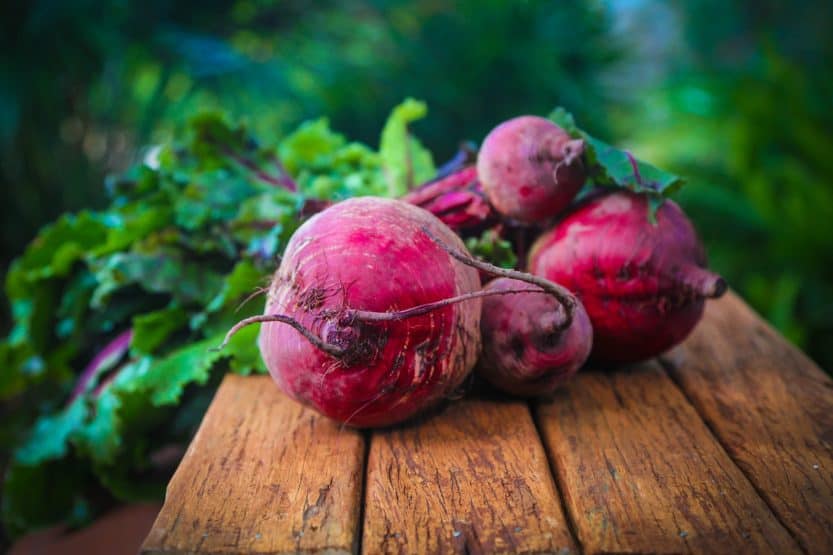
Beets are highly nutritious and excellent for cooler weather, making them suitable for August sowing, especially in USDA Zones 3-8. Directly seed them into the soil mid to late August, as they need about 50 to 65 days to reach maturity. Beets prefer well-drained soil rich in organic matter, with adequate moisture to promote healthy growth.
Look for varieties such as ‘Detroit Dark Red’ or ‘Chioggia’ for attractive colors and flavors. Beets can tolerate light frost, enhancing their sweetness. You can harvest beets once they’re about the size of a golf ball for the most tender texture, and don’t forget that the greens are also edible and nutritious!
Radishes
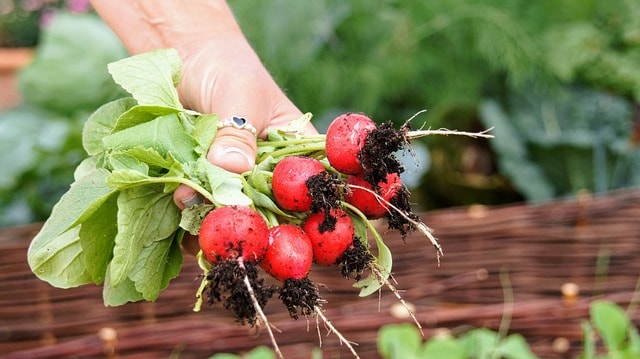
Radishes are one of the quickest crops available to gardeners, growing from seed to harvest in as little as 25 to 30 days. This makes them ideal for late summer planting, especially in USDA Zones 3-9. They thrive in well-drained soil, preferring slightly cooler temperatures of 50°F to 70°F, making August an opportune time for sowing.
Radishes can be sown directly into the garden, spaced about 1 inch apart, and come in various colors and forms. With a quick turnaround, you can experiment with different varieties and even stagger sowing for a continuous supply. Radishes love water and will develop a tougher, more pungent flavor if allowed to dry out. Harvest them before they get too large, as they can become woody and less enjoyable.
Kale
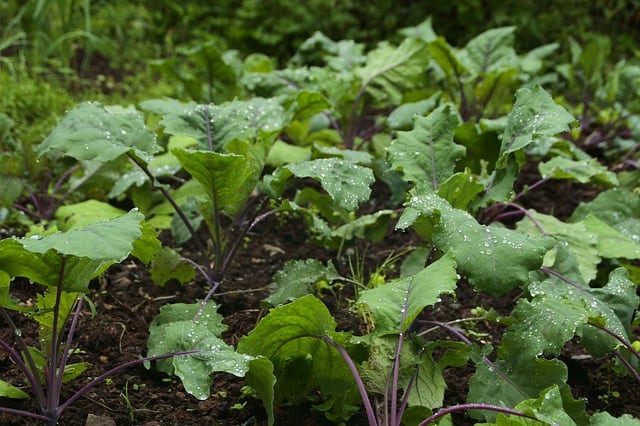
Kale is a nutritional superstar, perfect for both novice and seasoned gardeners. It can be planted in August throughout USDA Zones 3-9 and typically matures in approximately 55 to 75 days. Kale thrives in rich, well-draining soil and benefits from adding organic matter before planting.
This leafy green grows best when temperatures are consistent between 60°F and 65°F, and the flavor often improves post-frost. Regular harvesting of outer leaves encourages healthy new growth, as kale is a cut-and-come-again crop. With its ability to withstand colder weather, kale adds fresh greens to your diet even when other crops have faded.
Peas
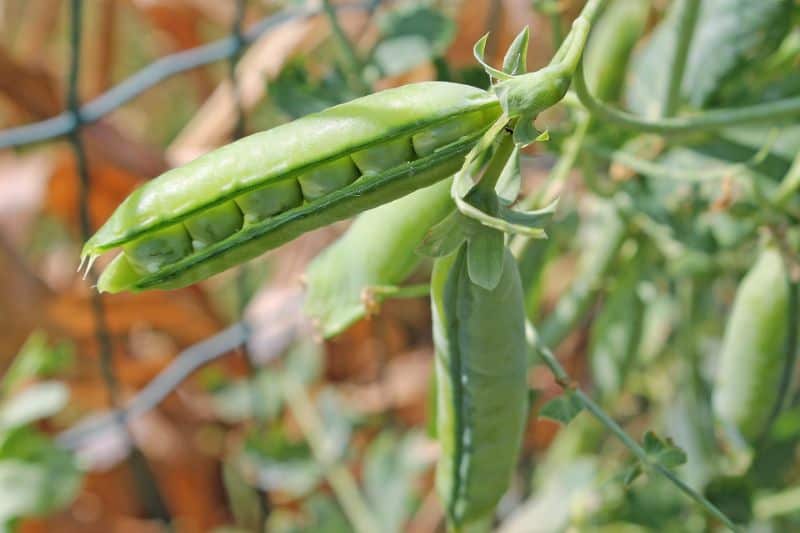
Peas can be directly sown in your garden in August, especially if you live in USDA Zones 4-8. Many varieties, such as snow peas and snap peas, prefer cooler temperatures, making late summer planting perfect for a fall harvest. Sow seeds directly in the ground and ensure they have good support, either with trellises or nearby plants.
Peas germinate best in soil temperatures around 50°F to 70°F. As the plants mature, they typically take 60 to 70 days to produce edible pods. Make sure the soil is well-draining and amended with compost. Peas may struggle with disease in warm humidity, so good air circulation and timely harvests can significantly improve yields.
Turnips
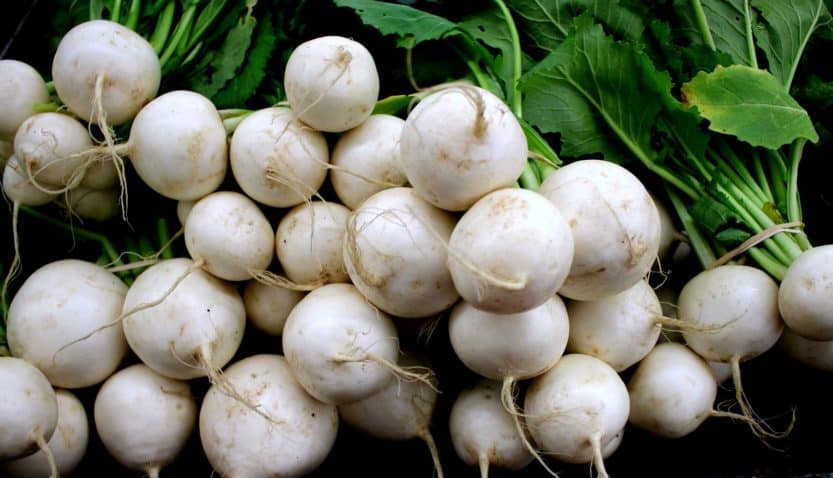
Turnips are versatile root vegetables suitable for late summer planting in USDA Zones 3-7. They can be directly seeded into good-quality, well-tilled soil in August. Mature turnips can be harvested in 30 to 60 days, depending on the variety.
Turnips flourish in cooler temperatures, ideally between 50°F and 70°F, and can tolerate frosts, which can actually sweeten the flavor of the roots. Space seeds about 2 inches apart, ensuring they have ample nutrients and water. Use turnips in a variety of dishes, and don’t forget about the greens, which can be sautéed or enjoyed in salads.
Swiss Chard
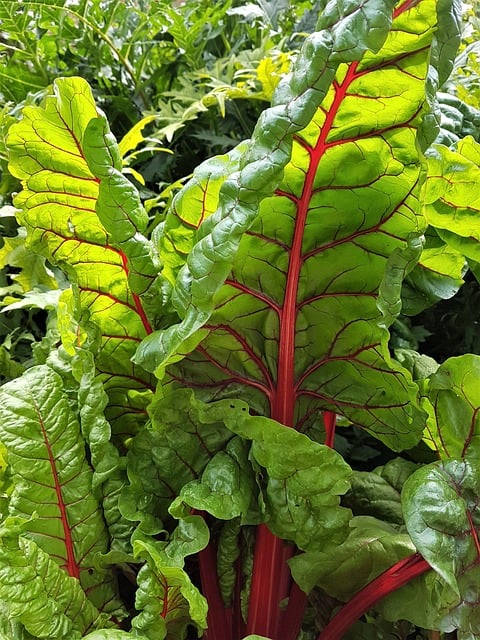
Swiss chard is a beautiful and nutrient-dense green that can thrive when sown in August, especially in USDA Zones 4-9. It prefers well-drained, fertile soil and enjoys full sun to partial shade, with temperatures between 55°F and 75°F for optimal growth.
Swiss chard typically takes about 50 to 60 days to reach maturity. Regular harvesting encourages new growth, and its vibrant leaves add color to salads and stir-fries. Chard can withstand light to moderate frosts, extending your growing season into colder months. Remember to keep the soil consistently moist but not waterlogged, as this leafy green thrives in wet conditions.
Cabbage
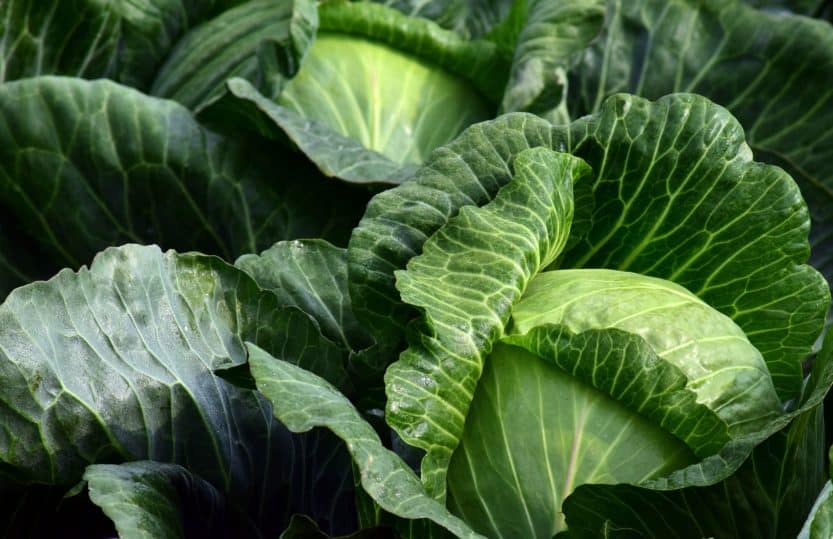
Cabbage can be directly sown in August for a fall harvest in USDA Zones 3-7. There are many varieties, including green, red, and savoy. Cabbage prefers fertile, well-drained soil and thrives in temperatures between 60°F and 70°F.
Maturing typically takes 70 to 90 days, and regular watering is essential during dry spells. Pay close attention to pests like aphids and cabbage worms which can attack your plants; row coverings can help deter these pests. Harvest your cabbage when the heads feel firm to the touch, and utilize them in a variety of dishes, from slaws to soups.
Cress
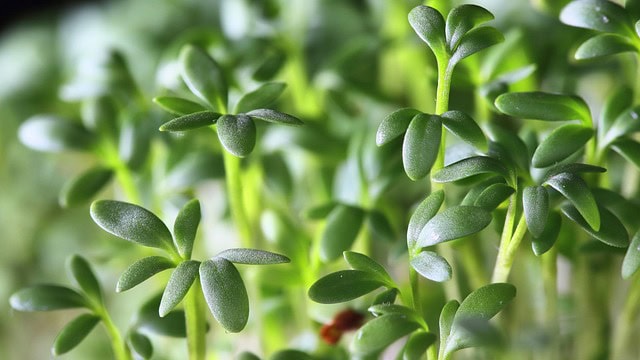
Cress is a fast-growing, nutrient-rich leafy green that prefers cooler temperatures, making it suitable for planting in August across USDA Zones 3-9. You can sow cress seeds directly in shallow soil or even containers, as they don’t require much depth.
Cress germinates quickly, taking only about 2-3 weeks to reach harvestable size. Ensure the soil remains moist to prevent the plants from becoming bitter. This green can be used raw in salads, as a garnish, or even added to sandwiches, offering a peppery flavor that enhances many dishes.
Mustard Greens
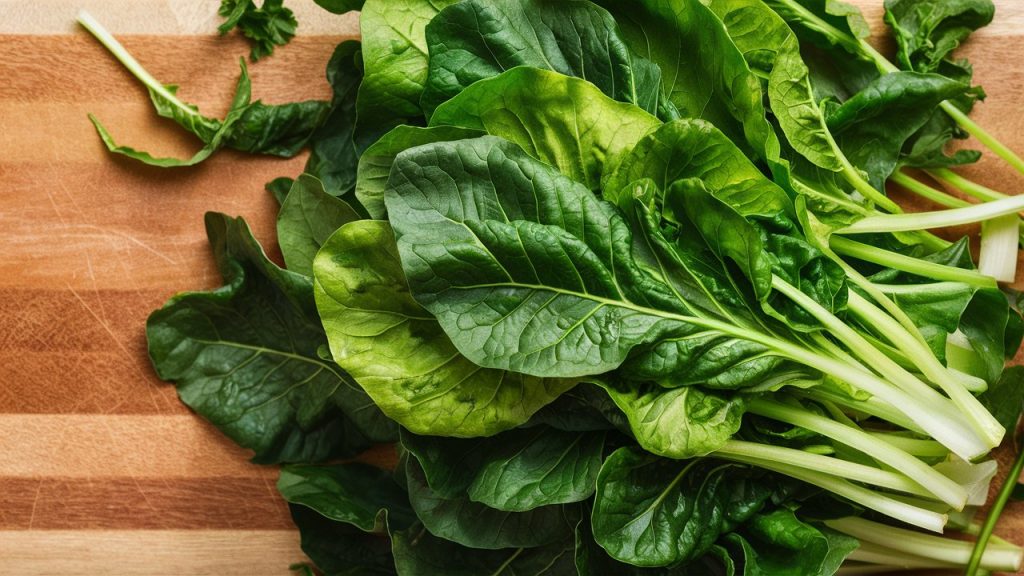
Mustard greens are flavorful, nutrient-rich leafy vegetables that can be planted in August, particularly in USDA Zones 5-10. They prefer well-drained, fertile soil with consistent moisture, thriving in cooler temperatures that promote their distinctive flavor and texture.
Mustard greens mature relatively quickly—typically in 30 to 50 days—allowing for multiple harvests throughout fall. Their flavor can be enhanced with light frost, so keep an eye on your local weather conditions. Regularly harvesting the outer leaves will ensure the plant continues producing throughout the season.
Flowers To Plant
Black-eyed Susan
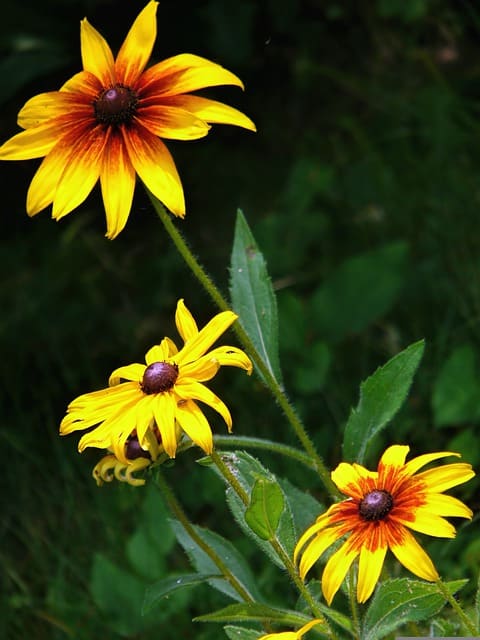
Black-eyed Susan (Rudbeckia hirta) is a resilient perennial flower that adds vibrant yellow hues to gardens. Ideal for planting in mid to late August in USDA Zones 3-9, these plants flourish in full sun and can tolerate drought once established.
Black-eyed Susans typically grow to heights of 2-3 feet, producing showy blossoms that attract butterflies and birds. They can self-seed, leading to a natural proliferation across your garden. Aim to plant these in rich, well-drained soil for best results. Once flowering begins, be consistent with deadheading to prolong bloom times.
Asters
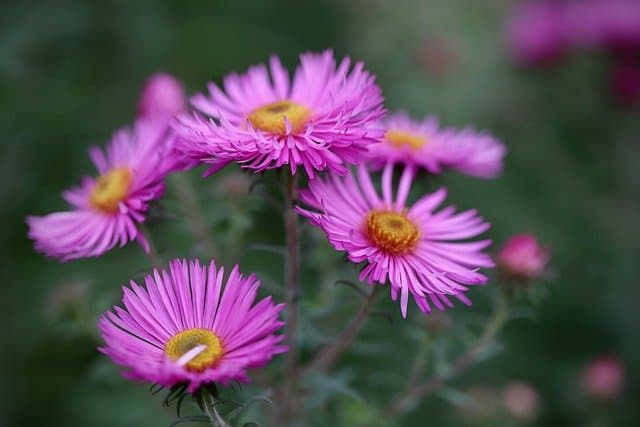
Asters are beloved for their late summer and fall blooms that provide continuity in the garden when many flowers fade. Plant them in late August for flourishing displays the following year in USDA Zones 3-8. They prefer sunny locations with well-drained, fertile soil.
These perennials can grow anywhere from 1 to 4 feet tall, depending on the species. In addition to their beautiful blooms, asters attract pollinators, including butterflies. Allow adequate space between plants for air circulation to prevent fungal diseases. Asters easily adapt to a variety of soil conditions, but regular deadheading encourages more blooms.
Pansies
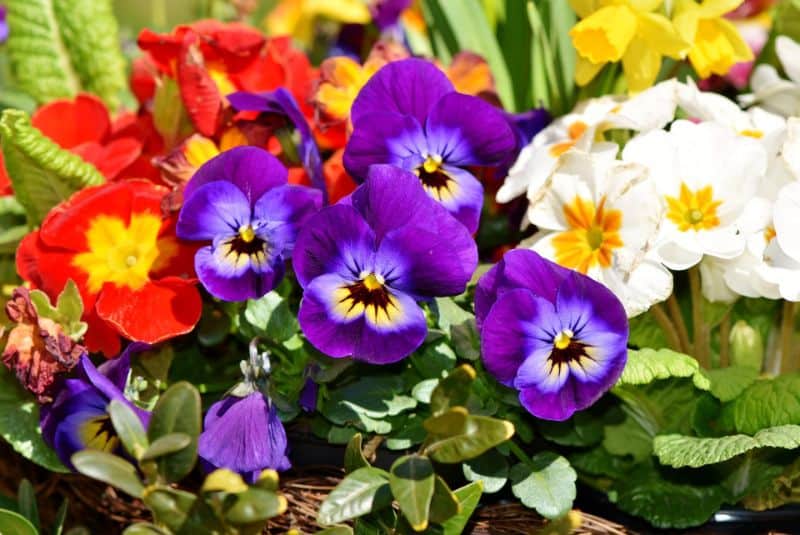
Pansies are often considered one of the most versatile flowers and can provide brilliant color in cooler weather. Plant them in late August in USDA Zones 6-10 for vibrant blooms in early fall and the following spring. Pansies thrive in well-drained soil and prefer partial sun.
With a plethora of colors available, pansies are excellent for borders and containers. They typically take about 8 weeks to bloom, making them perfect for gardeners aiming for immediate visual impact. Regular deadheading encourages additional blooms throughout their growing period, ensuring a continuous display of color.
Calendula

Calendula, commonly known as pot marigold, is beloved for its cheery, sunny blooms. These annual flowers can be directly sown into well-draining, moderately rich soil in USDA Zones 3-10 throughout August. They thrive in cooler temperatures, typically sprouting within 7 to 14 days.
Calendula typically takes about 60 to 75 days to bloom, and its flowers have both culinary and medicinal uses. Regular harvesting can prolong your blooming period and encourage bushier plants. Additionally, Calendula is known to attract beneficial insects, making it an eco-friendly addition to your garden.
Snapdragons
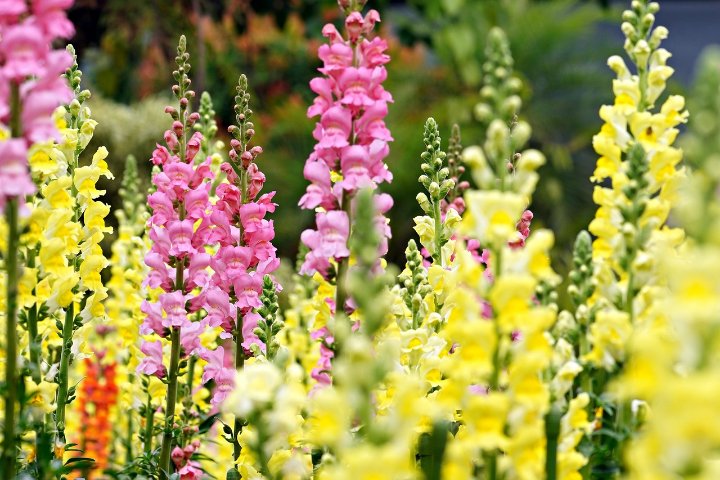
Snapdragons are unique and charming flowers that can add vertical interest to your garden. Plant them in USDA Zones 3-10 in late summer for blooms in the next season. These plants prefer rich, well-drained soil and do best in full sun.
Snapdragons take about 80-90 days to bloom, often forming cascading spikes filled with snapdragon-shaped flowers. Protecting these plants from potential pests, like aphids, is essential for maintaining health. They are excellent cut flowers, adding beauty to arrangements.
Ornamental Cabbage

Ornamental cabbage is the perfect way to add texture and color to your fall garden. It is well suited for August planting in USDA Zones 3-9, where it thrives in well-draining soil. These flowering plants prefer cooler weather and provide lush, hardy foliage with captivating colors.
Ornamental cabbage will produce their vibrant leaves a couple of months after planting, providing visual appeal well into winter. They can last through frost, making them an excellent choice for extending the season. Use them in garden beds, containers, or as focal points amid other seasonal blooms.
Zinnias
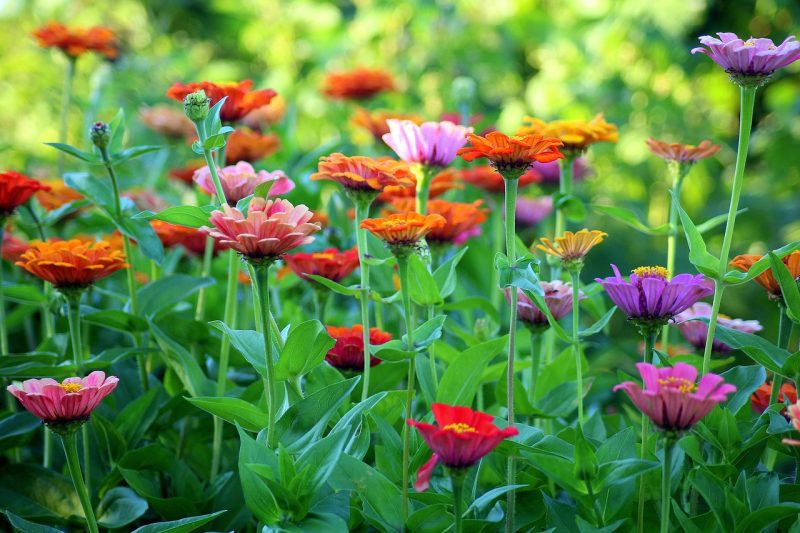
Zinnias are bright, cheerful annuals that provide stunning color throughout summer and fall. They are flexible in growing conditions, flourishing in USDA Zones 2-11. August is an excellent time to sow seeds directly into warm soil.
Zinnias typically mature within about 60 days, making them a quick-growing flower ideal for newbies. Height varies by variety, so choose appropriately based on your landscape needs. Zinnias are widely known for attracting butterflies and other beneficial pollinators, adding life to your garden while providing gorgeous cut flowers.
Cosmos
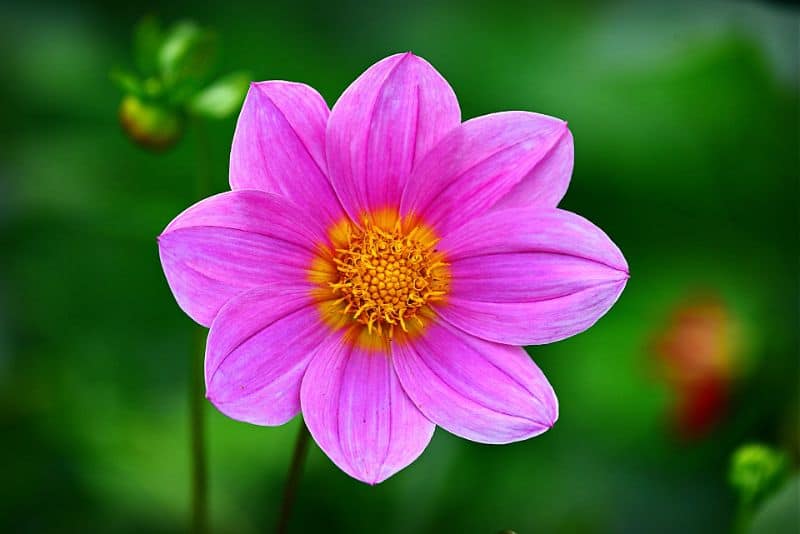
Cosmos are low-maintenance annual flowers that thrive in warm conditions. Plant them in August for blooming during the fall in USDA Zones 3-10. They are particularly suited to poor soil, so there’s no need for heavy fertilization.
Cosmos can take 75 to 90 days to mature, producing colorful blooms that sway gracefully in the breeze. They prefer full sun and are excellent self-seeders, often returning year after year. Cosmos are excellent at attracting bees and butterflies, making them a fantastic addition for promoting pollinator health!
Wildflowers

Creating a wildflower garden by sowing a blend of seeds in mid to late summer can yield significant benefits for biodiversity. Planting wildflowers in USDA Zones 3-9 promotes beneficial insects and pollinators while adding natural beauty.
Sow wildflower seeds directly in well-turned soil, allowing for expansive flowering areas that can vary in bloom based on species. Many wildflowers thrive in poor soils and often require minimal maintenance after establishment. Prepare to enjoy a stunning and varied landscape where chasing butterflies and witnessing the busy life of pollinators becomes a joy.
Salvia
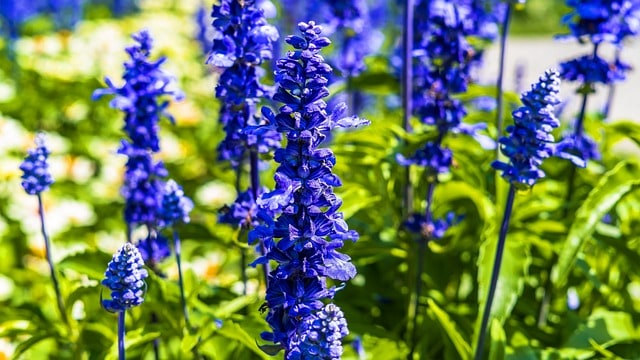
Salvia is a stunning perennial with rich, colorful flower spikes that can be grown in August for blooms the following season in USDA Zones 4-9. This herb prefers well-drained, alkaline soil and thrives in full summer sun.
Maturation takes about 80-100 days, providing a unique focal point in garden displays. Salvia attracts beneficial insects like bees and butterflies and can even repel certain garden pests. Consider deadheading throughout the growing season to promote the formation of fresh blooms, ensuring an ongoing highlight in your garden.
Sedum
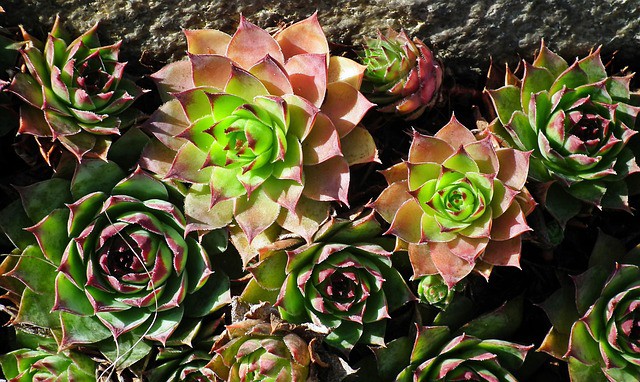
Sedums are hardy succulents that thrive in various soil types and conditions, making them candidates for planting in USDA Zones 3-9. Planting in August is ideal, as these drought-tolerant plants excel in areas where other flowers struggle.
Sedums typically grow and flower in late summer and fall. They are low-maintenance perennials that do not require frequent watering once established, making them perfect for busy gardeners. The lush foliage of sedums turns vibrant colors in fall and even winter, providing year-round interest in the garden.
Sweet Alyssum

Sweet Alyssum offers delicate, fragrant flowers in shades of white, purple, and pink. It can be directly seeded in USDA Zones 2-10 in late summer, quickly providing colorful, ground-covering blooms. These hardy annuals prefer full sun to partial shade and enjoy well-draining soil.
The rapid growth cycle allows Sweet Alyssum to flower within 30-60 days after sowing. Regular deadheading encourages blooming throughout the growing season while further attracting pollinators. Their resilient nature and lovely scent make them ideal for borders and container gardening.
Petunias

Petunias are an excellent choice for gardeners wanting stunning, colorful blooms. While typically planted in spring, petunias can also be started in USDA Zones 9-11 during late summer for an early fall display. These flowers thrive in rich, well-drained soil and full sunlight.
Petunias bloom in an astounding array of colors, providing vibrant spaces well into autumn. The seasonal adaptability allows for their continuous presence in gardens, provided they’re watered and deadheaded regularly. They’re also perfect for containers, hanging baskets, or borders, creating a lively environment that attracts pollinators.
Gaillardia (Blanket Flower)
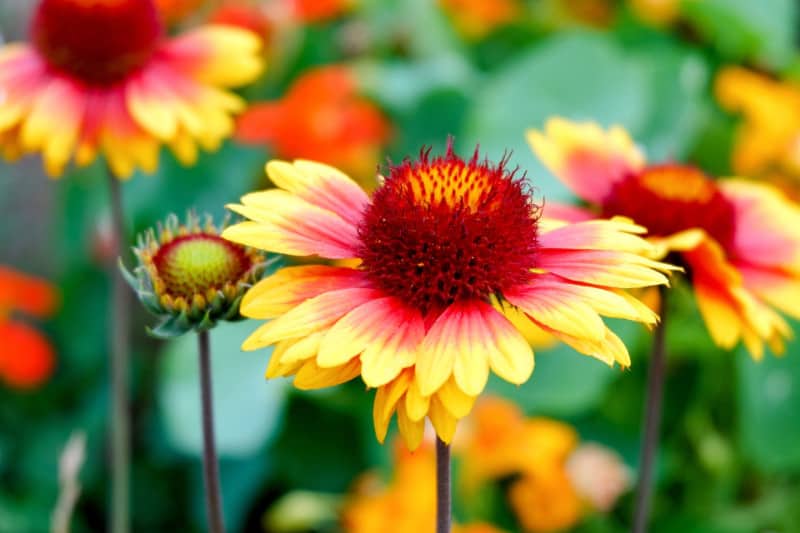
Gaillardia, also known as blanket flower, is a hardy perennial that adds color to gardens from summer through early fall. Suitable for USDA Zones 3-10, sow seeds directly into the soil in August. These drought-resistant beauties thrive in poor soils and require minimum care.
Mature plants can reach 1-2 feet tall, producing daisy-like blooms with vibrant reds, yellows, and oranges. Their ability to attract butterflies makes them an excellent choice for pollinator gardens. Gaillardia tolerates drought, making them a fantastic choice for xeriscaping or low-water gardens.
Globe Amaranth
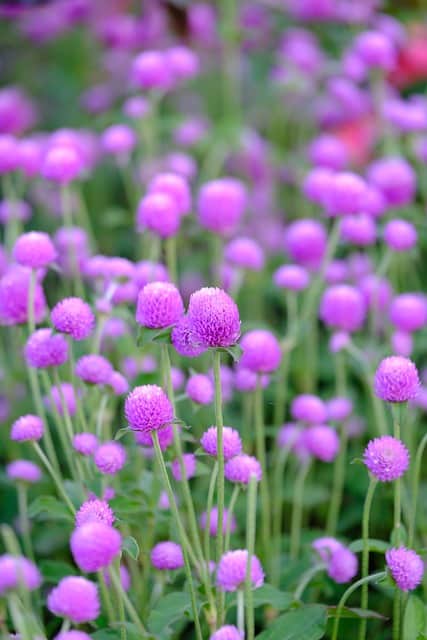
Globe amaranth is a unique annual flower that can be directly seeded in August in USDA Zones 2-11. These flowers are known for their round, colorful blooms that retain their shape when dried, making them excellent for floral arrangements.
They prefer full sun and well-draining soil, typically blooming within 60-90 days. Regular watering helps prevent wilting, but once established, they are relatively drought-tolerant. These striking blooms will add unique character to your garden while inviting pollinators to visit!
Herbs To Plant
Basil
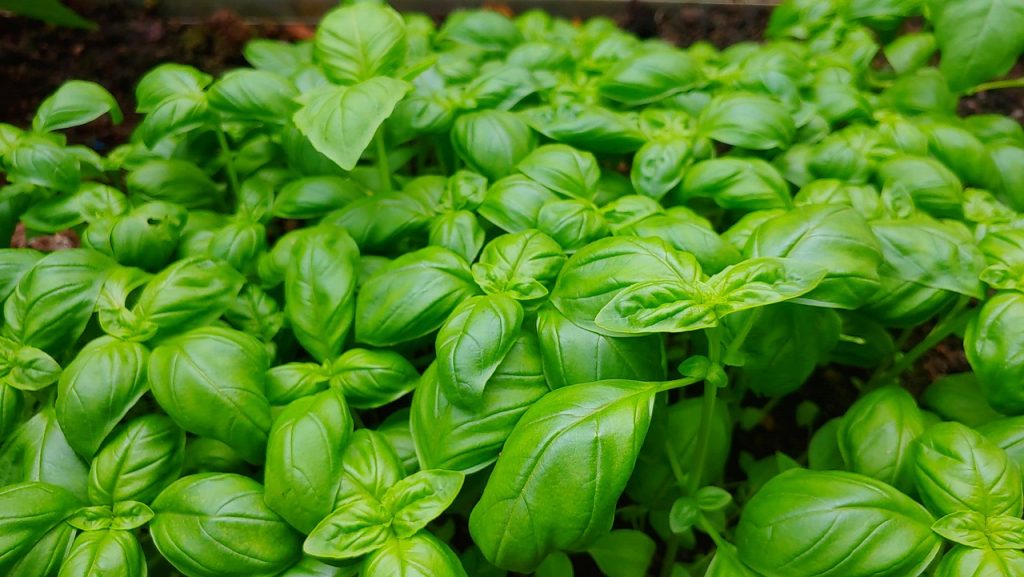
Basil is a fragrant herb that thrives in warm weather and can still be sown in the first half of August, particularly in USDA Zones 5-10. Ideally, basil prefers daytime temperatures ranging from 70°F to 85°F and should be planted in well-drained, fertile soil.
Directly sow basil seeds in rows or pots, ensuring they have ample sunlight and warmth. Harvesting can be done by snipping the tops, encouraging bushier growth, and adding flavor to a myriad of dishes, especially in Italian cuisine. Regular watering is essential to prevent wilting and keep your basil plants thriving.
Cilantro

Cilantro is a culinary herb known for its fresh flavor, ideal for various cuisines. It can be directly sown in August, particularly in USDA Zones 3-9. Cilantro prefers cooler conditions, thriving in full sun with well-drained soil—optimum germination occurs at temperatures around 50°F to 80°F.
This herb matures quickly, usually ready to harvest in about 30-60 days. Given its tendency to bolt in hot weather, growing it in late summer can help you avoid this fate. Regular cutting encourages new growth, ensuring a steady supply of leaves for your culinary creations.
Dill
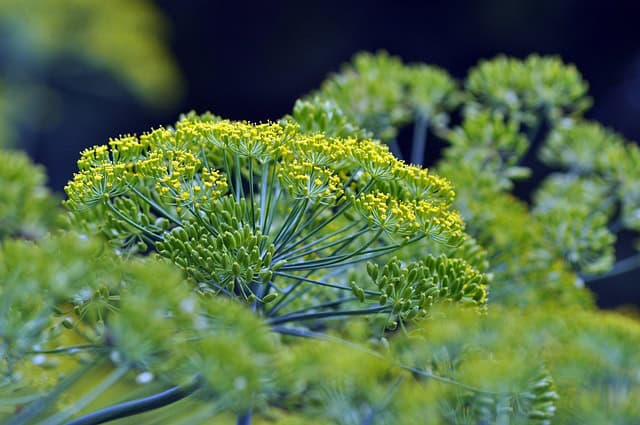
Dill is a versatile herb best sown directly into the garden, especially for August planting in USDA Zones 3-9. It prefers well-drained soil and full sun, thriving in temperatures between 60°F and 70°F for optimal germination.
Dill requires about 40-60 days to reach maturity. Keep the soil consistently moist while the seeds germinate. Its aromatic leaves are widely used in culinary dishes and pickling recipes. When flowering occurs, leave some blooms for beneficial insects, as dill attracts pollinators to your garden.
Chives

Chives are a perennial herb that thrive in colder climates and are suitable for planting in August across USDA Zones 3-9. They flourish in rich, well-drained soil and require full sun. Chives can grow in clumps, making them excellent for borders and culinary use alike.
This herb matures quickly—usually within 60-90 days—yielding flavorful, green stalks that can be snipped as needed. Their mild onion flavor enhances various dishes, and they can even produce lovely purple flowers. After established, chives remain productive over several years, providing consistent culinary contributions.
Oregano

Oregano is a perennial favorite in Mediterranean cooking and can be sown in late summer for lush growth in USDA Zones 5-10. With a preference for well-drained soil and sunny locations, oregano germinates best in warmer temperatures.
Oregano plants generally take 90 days to reach maturity, and regular harvesting encourages a bushier plant. Dried oregano retains robust flavor, making it an essential herb for kitchen use. Given its perennial nature, once established, oregano can provide flavorful leaves year after year with minimal care.
Parsley
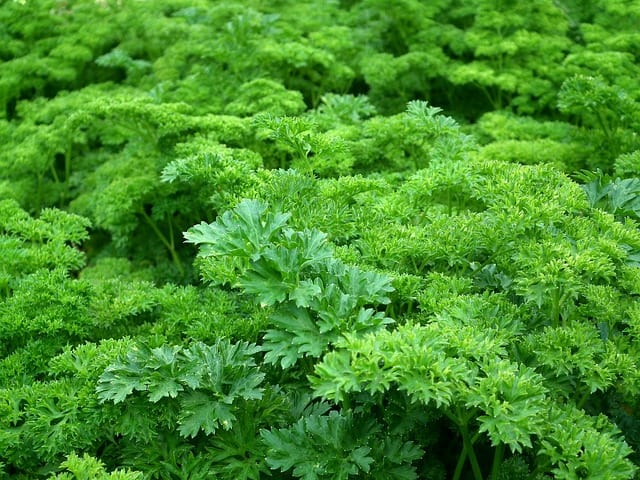 Parsley is a biennial herb best sown directly in the garden in August for flavorful leaves throughout the fall. In USDA Zones 3-9, this versatile herb prefers well-drained soil with consistent moisture and is ideally suited for cooler weather.
Parsley is a biennial herb best sown directly in the garden in August for flavorful leaves throughout the fall. In USDA Zones 3-9, this versatile herb prefers well-drained soil with consistent moisture and is ideally suited for cooler weather.
Maturing takes about 70-90 days, and parsley can be used fresh or dried. This herb tolerates light frosts, so continue harvesting until the weather turns significantly cold. To maximize growth, be sure to remove flower stalks as they appear to prolong leaf production.
Thyme

Thyme is a hardy perennial herb that flourishes in USDA Zones 2-9, making it a great choice for August planting. It prefers well-drained, sandy soil and full sun, requiring little water once established.
Thyme typically matures within about 80-90 days. Trim the plants regularly to encourage bushiness and remove flower buds (if desired) to maintain the best flavor in the leaves. The aromatic leaves add depth to several dishes and teas, proving its culinary value.
Mint
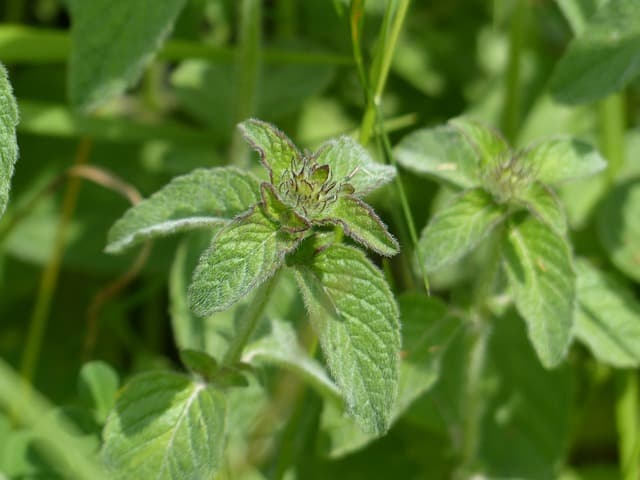
Mint is a vigorous perennial herb that can be started in August in USDA Zones 3-10. Known for its aromatic flavor, mint prefers moist, fertile soil and partial shade. Due to its aggressive growth habit, it’s often wise to plant mint in containers to control its spread.
Once planted, mint typically grows rapidly, with growth cycles of around 60-90 days. Regular harvesting encourages new growth, leading to a continued supply of fresh leaves for culinary applications—from beverages to desserts. Be cautious, as mint can take over garden spaces if not contained.
Fennel
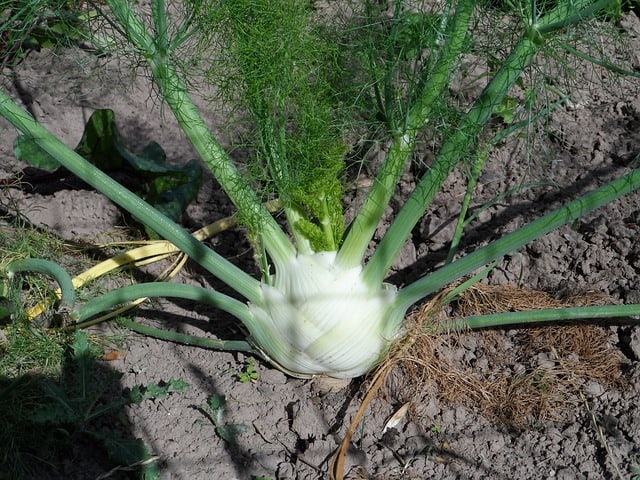
Fennel is a unique, aromatic herb suitable for August planting in USDA Zones 5-9. It thrives best when sown directly in warm, fertile soil and prefers full sun. As a member of the carrot family, fennel requires adequate spacing to allow for its bulbous base to develop.
With a maturation period of about 75-90 days, fennel’s flavorful foliage can be harvested once the bulbs reach a suitable size. This herb not only adds a distinct flavor to dishes but also attracts beneficial insects to your garden.
Conclusion
August planting is an exceptional chance to maximize your gardening potential as summer wanes. By carefully selecting vegetables, flowers, and herbs that flourish in cooler weather, you can extend your growing season and enjoy a bounty of harvests.
Whether you’re looking to fill your plates with fresh produce, beautify your landscape with colorful blooms, or enhance your cooking with fragrant herbs, the selections in this guide provide knowledgeable insights for each plant’s success. Regardless of your USDA zone, seize the opportunity to make August a rewarding month in your garden.


